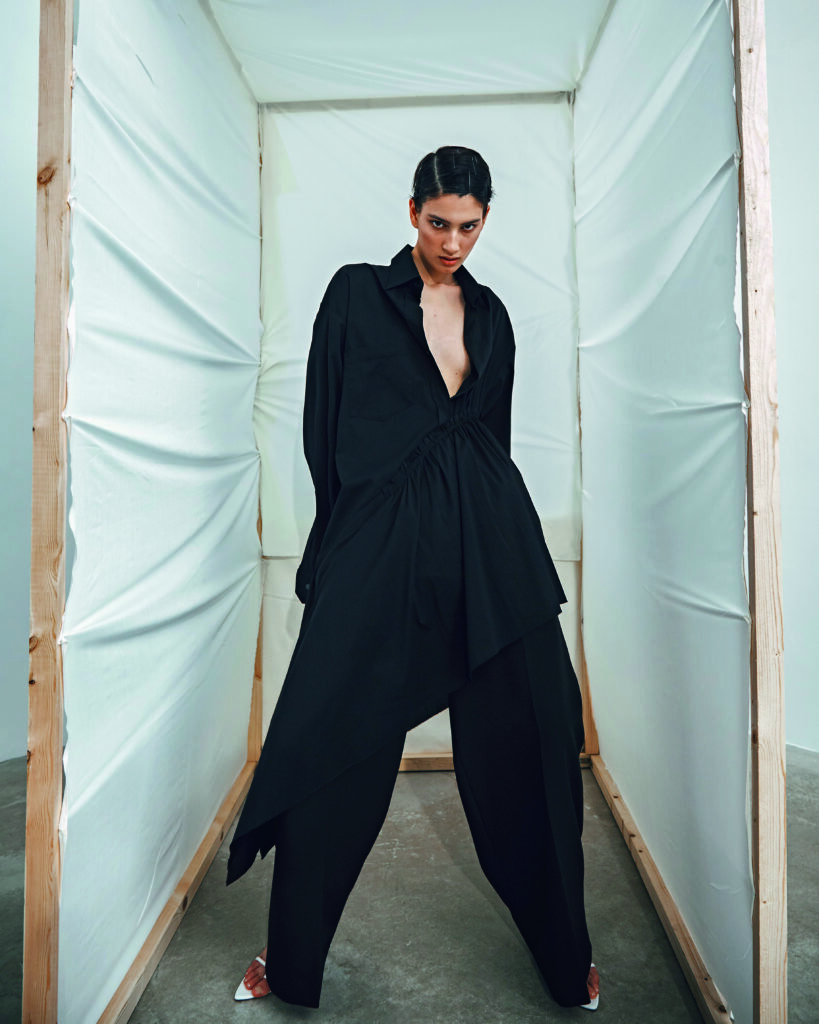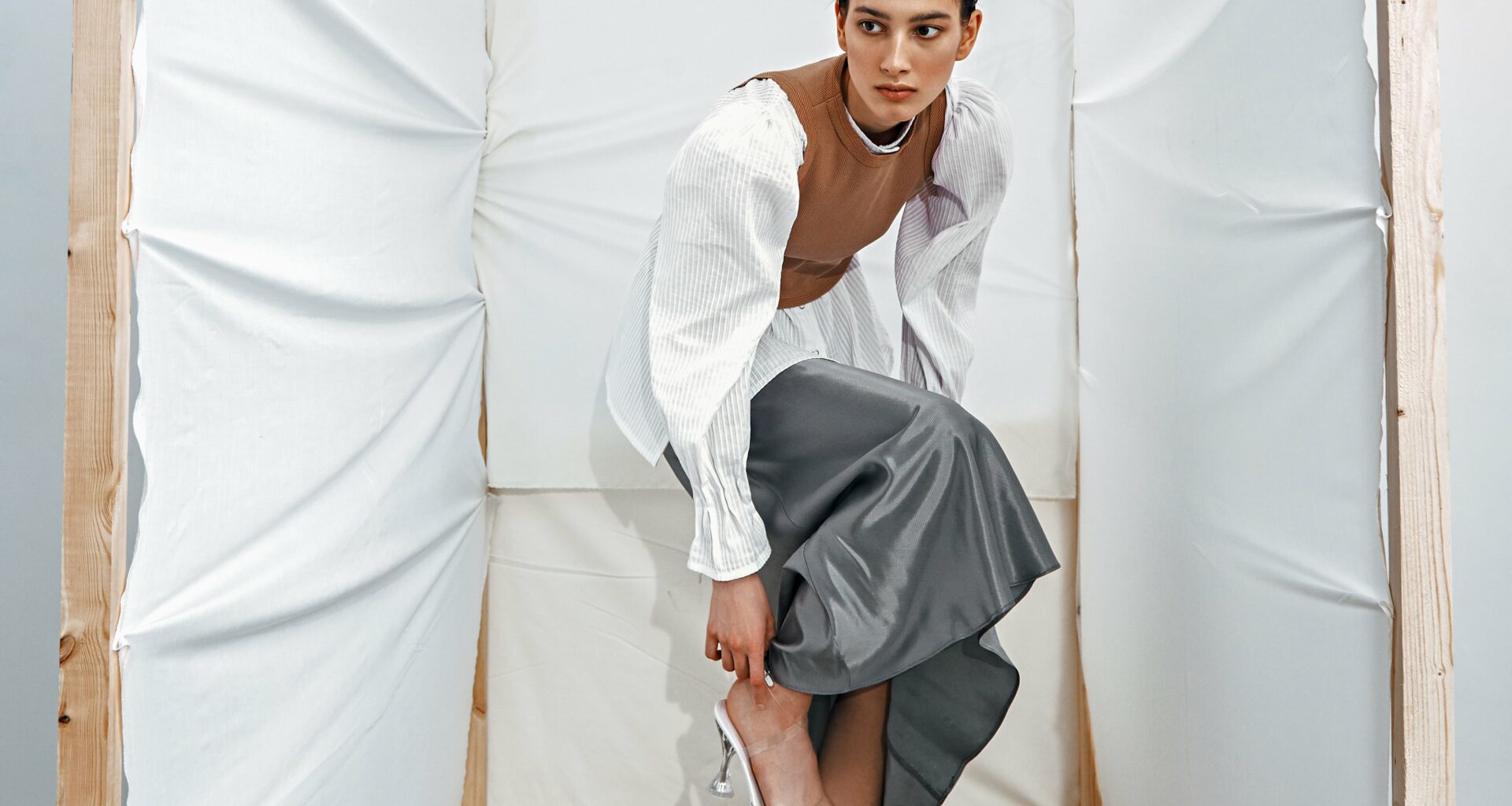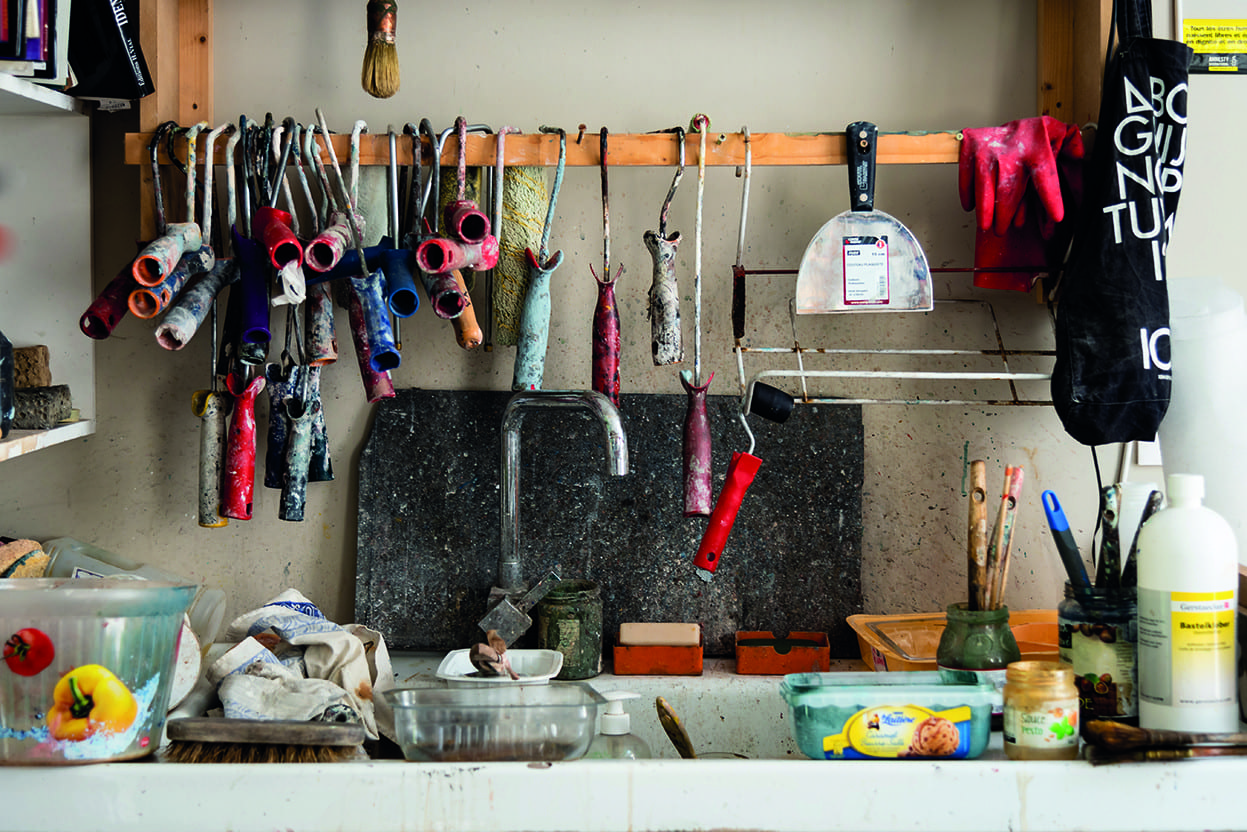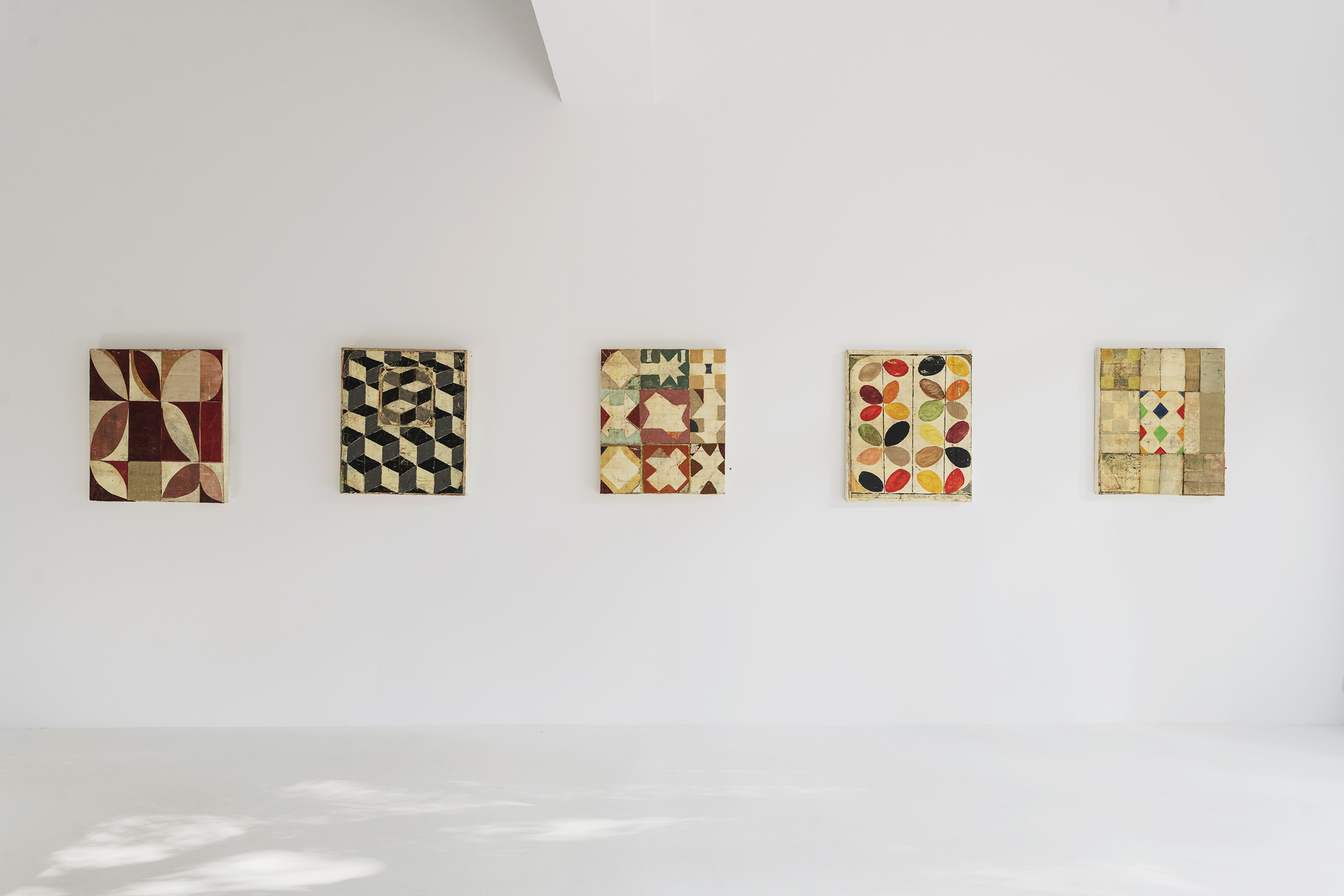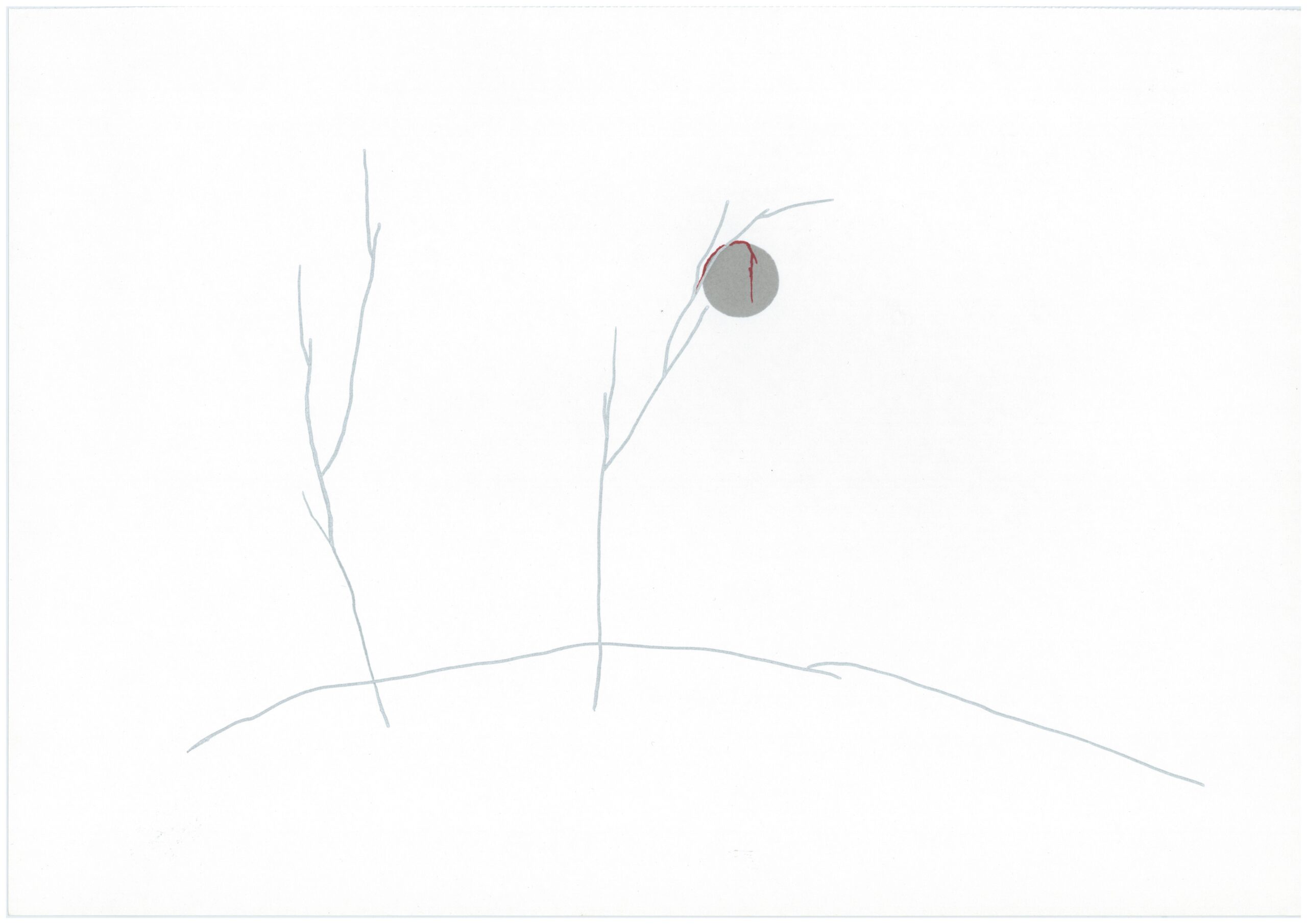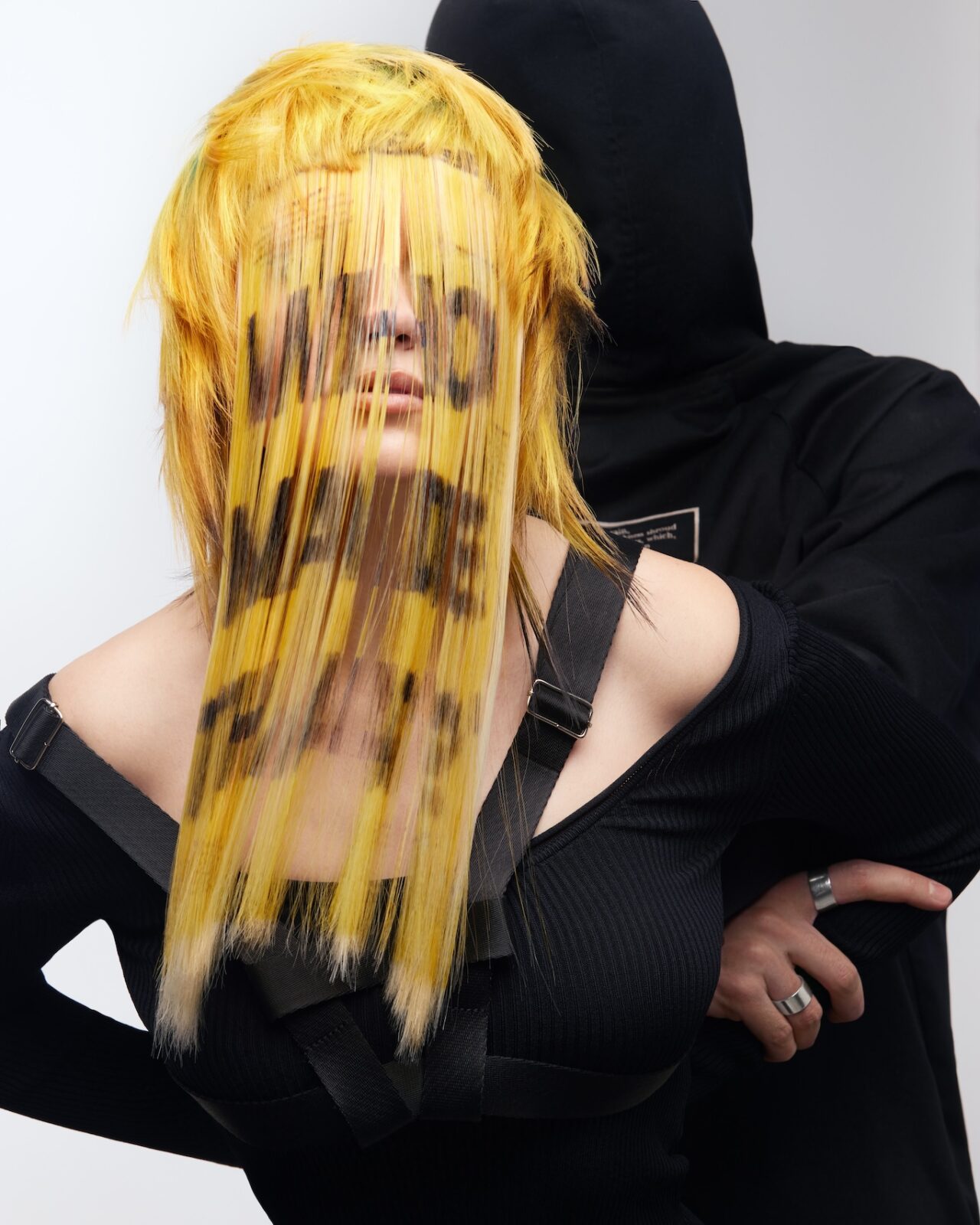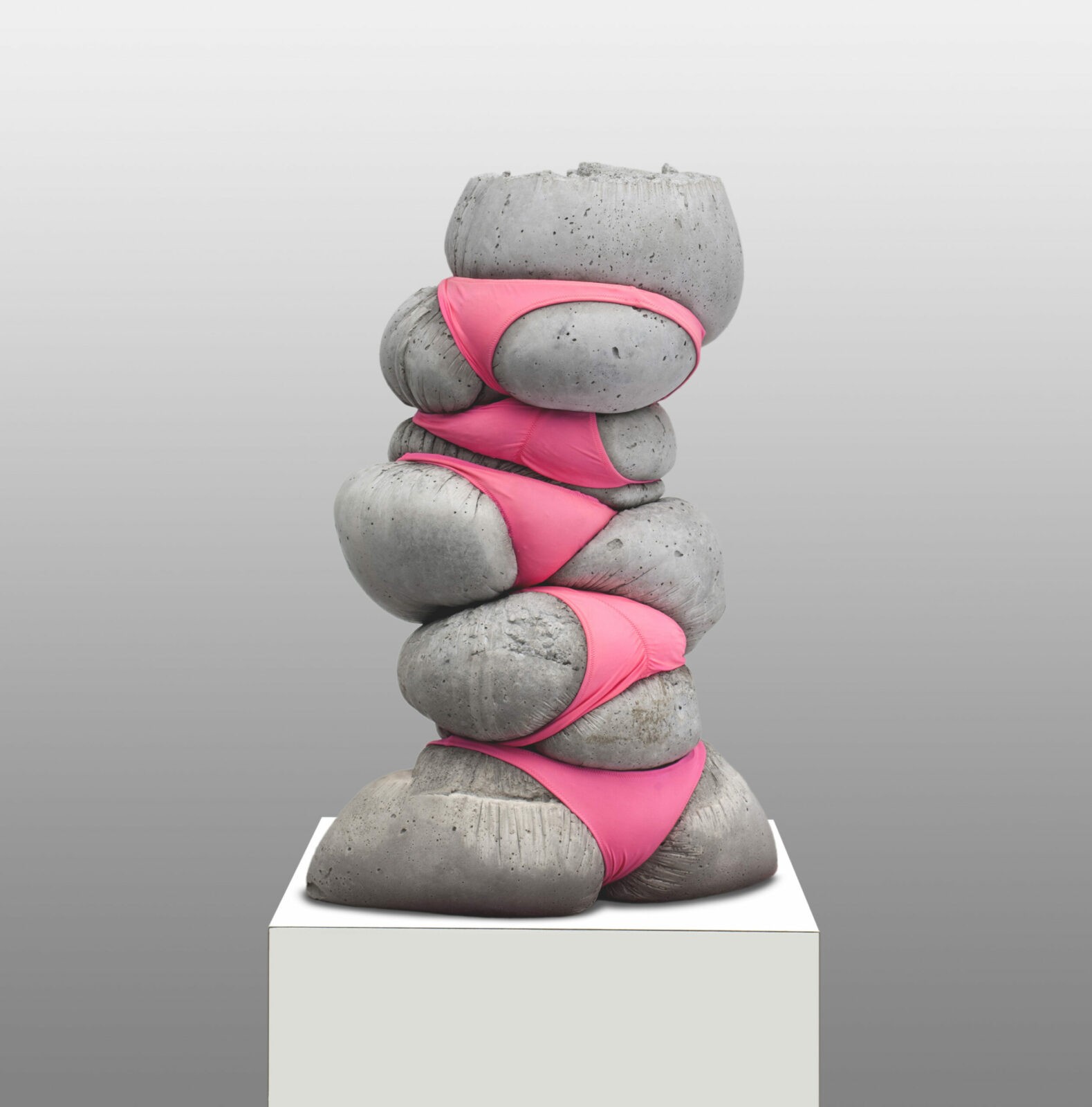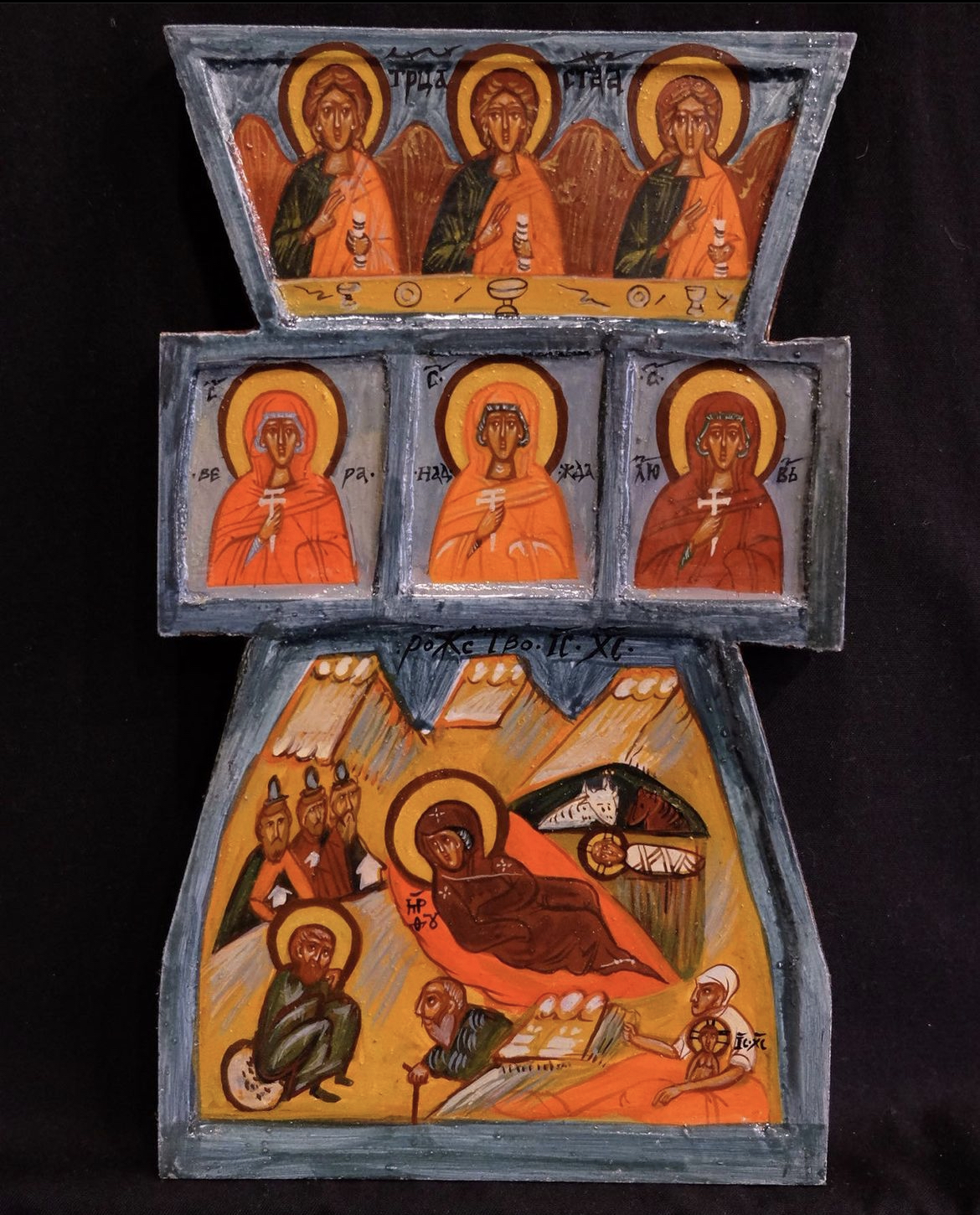Russian brand Lena Maksimova – these are the original clothes that you
can collect today and pass on to your daughters.
Women’s shirts of complex design, dresses and hoodies with extremely
long sleeves, skirts with asymmetric crinolines, wide pointed collars,
graphic trousers with flounces, atypical insulated vests. A lot of complex
and aristocratic details: ruffles, flounces, rushes, voluminous shoulders,
mutches. But you won’t find any verbatim quotes from past eras.
Despite the general obsession with minimalism and the fear of being
“overdressed”, designer Lena Maksimova’s collections delight us in their
own personal way in contemporary art.
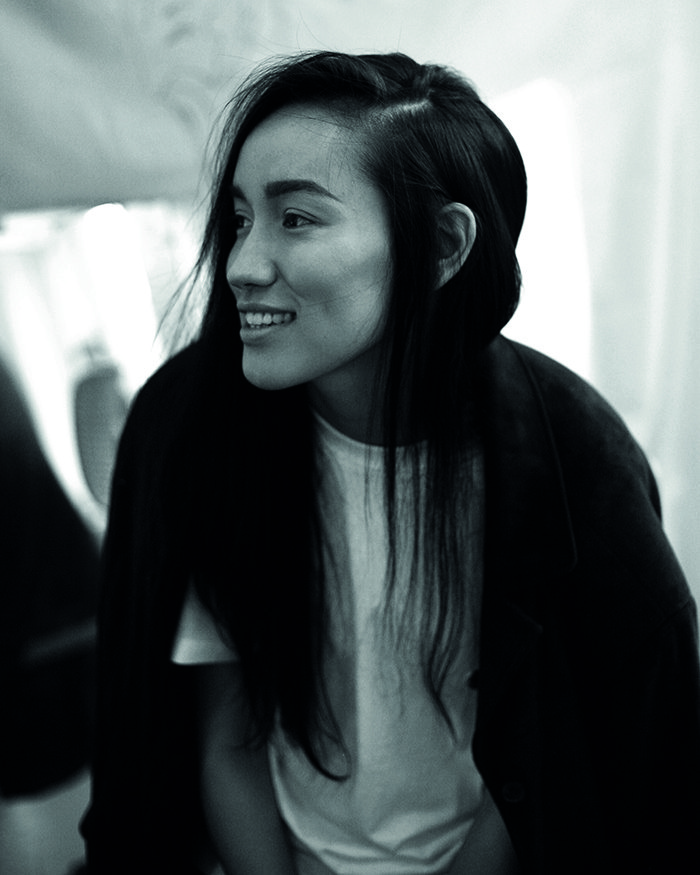
Lena, your brand has two lines: Uot with art clothing and Muus (“ice”)
with more casual items. Which of your lines do you like best?
I don’t have enough time for the first, main, line. In it, I had to act as an
artist and designer. In it, I had the opportunity to express myself in some
other plans besides clothing. But now, unfortunately, there is not enough
time to fully immerse yourself in it, because it is a separate project. It is
temporarily paused. Now we are making the second line of MUUS, which
was originally conceived as more commercial.
Lena, fabrics with prints are rarely seen in your collections. Why do you
prefer plain colored fabrics?
My clothes are complicated themselves. A lot of ideas are put into the form
and design. If you add more print, it becomes a mess. That’s why I initially
have such muted colors, although I’m also experimenting now: I’m
introducing a stripe and a cage into the collection. Of course, I also had
some ideas about prints, and I even tried to print them somehow. I think
you just need to make a separate collection for this purpose.
Are you not irritated by the eco-trends?
Well, yes. I watch and follow many brands that we live in the same
country with, and I don’t like what I see when a trend appeared, for
example, eco-friendly, and everyone decided to become eco-friendly, came up with some cotton that is not clear where it is produced, and all eco-bags. Brands are starting to jump on trends: today we are doing eco, tomorrow we will do something in digital… How it became relevant with masks. Then the brand’s DNA is lost. For me, a person from the industry, they are all like one mass, I do not even distinguish them.
Do you like artificial materials – silicones, polyester? I use cotton fabrics, silk and polyester if they are of good quality.
There is a Japanese-made polyester that is not inferior to some Italian silk.
Here you need to choose, touch and try on the product already. So I don’t
have a categorical “yes” or “no”. I travel a lot to exhibitions and watch
them. For example, Korean fabrics: decent, and the price matches the
quality. The fabrics are certainly inspiring. Sometimes you see a fabric,
touch it, and you immediately see a product. Sometimes, on the contrary, a
fabric that is good in composition, but you can not invent anything from
this fabric, and it lies for years.
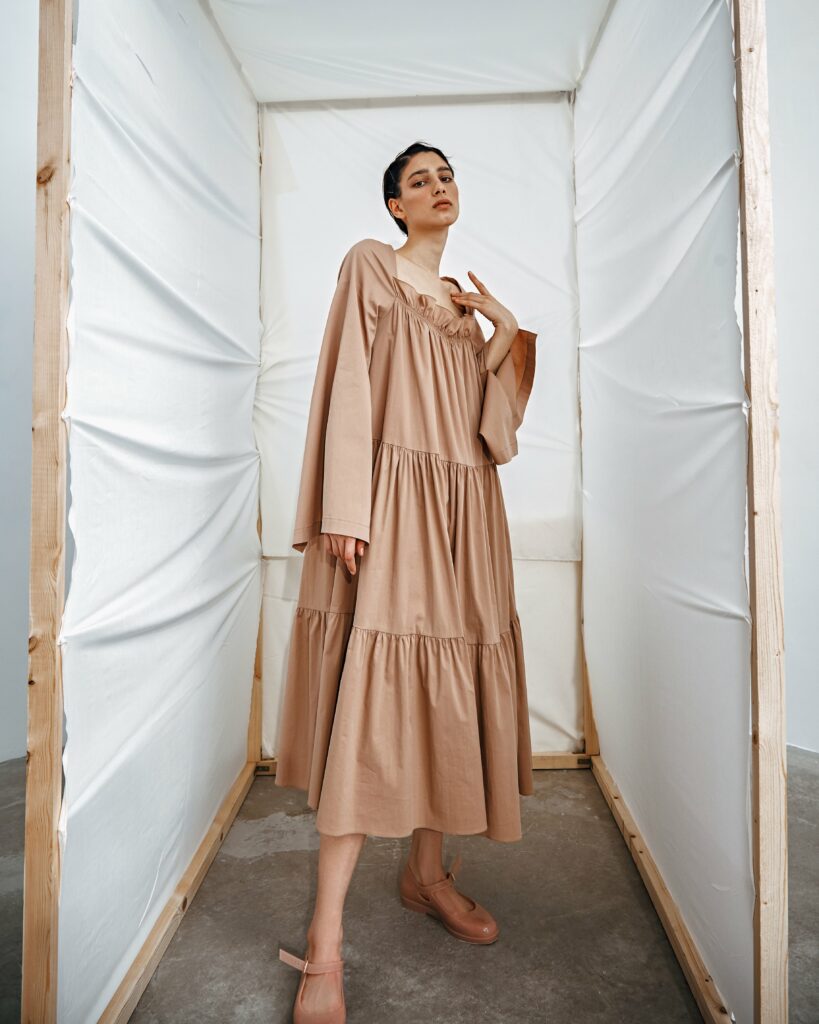
In my opinion, you do not have direct references to the costumes of the
past, you have a pronounced author’s style. But can you tell us what you
are referring to in the history?
For me, this is really happening on an intuitive level – just a reflection of
modern fashion, I want to introduce people to it somehow. My goal is to
create my own unique style, not to be tied to some historical period of
time, some element of costume, historical or national. Of course, I look at
a huge number of books, and I just put a lot of things in my head, and they
involuntarily manifest theirselves themselves in the products. I have a
popular dress with a crinoline that goes back to the 18th-19th century,
when there were puffy dresses.
Long wide sleeves in the history of the costume had a semantic function,
they emphasized the status of a person who does not work with his hands.
You often turn to such sleeves. Do you have a concept for this?
Well, yes, this is my concept, my brand, I’m not talking about basic
clothes. My products are definitely for some special occasions, and my clients come specifically for something interesting, to go to a restaurant, to an event, to a museum. And these sleeves lengthen the arms, I really like how it looks proportionally.
There is an expression that beauty is the height of rationality. All items of
clothing, when they appeared, had a utilitarian or semantic function. How
do you connect aesthetics and functionality? Is the function important for
designers now?
Yes, it’s important right now. I think now many designers, especially after
the pandemic, thought about the need for things that are comfortable, well,
I also focus on this. I try to buy a pleasant fabric to the body and create
clothes that are comfortable to walk in. I think we need to find a balance
between aesthetics and utilitarianism.
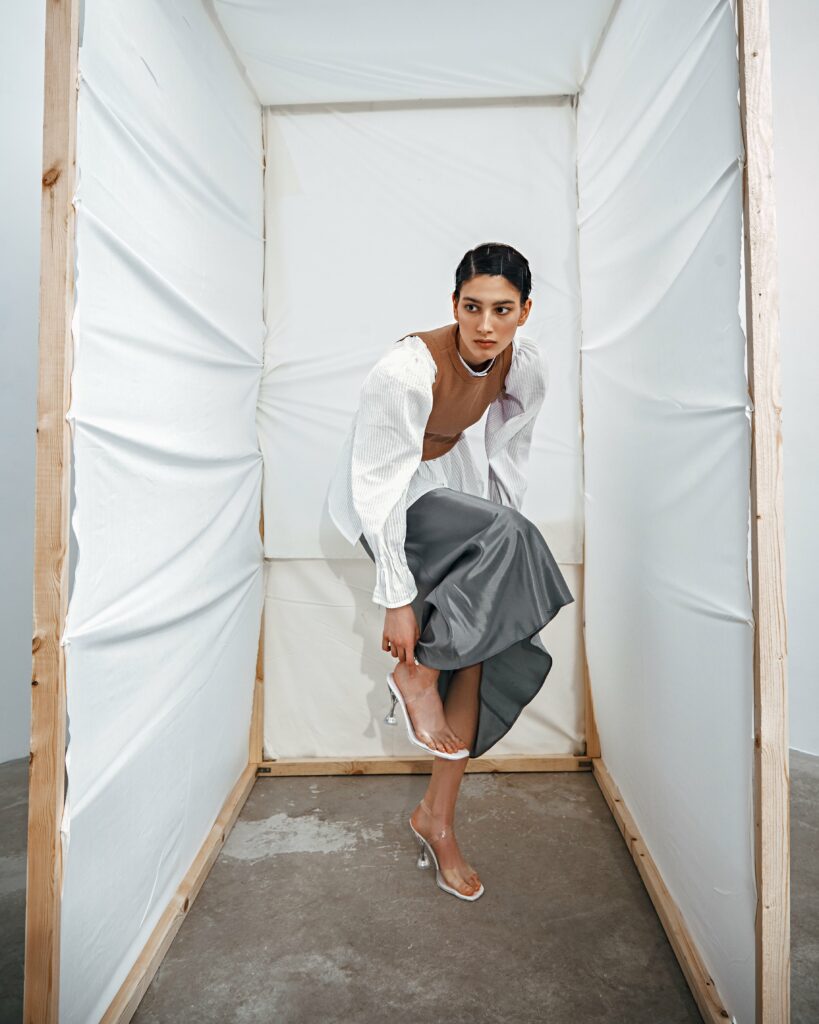
How do you imagine the woman who will wear your clothes?
Draw an image of a woman… I can imagine how she can go to the theater,
to a museum. I am often inspired by the models I meet on different shoots.
It’s just that the girls who inspire me become like a Muse.
Do you represent the image of the client without reference to age? Yes, without any binding at all. If earlier, at the beginning, I made an
image of a consumer and it seemed to me that my clothes can be worn by
very young girls, from 18 to 24, I even have these notes in my notebook
somewhere. Then I already saw that my clothes are bought by conscious
girls for 30, for 35. You need some maturity, self-confidence.
How do you feel for yourself it, do you do art or business?
That’s a good question. Because one cannot exist without the other, we
need some money to evolve. To expand, to move. Yes, I probably feel
more like an individual entrepreneur (laughs). The whole day consists of
making a decision. It just starts in the morning and until the evening, you
sit and solve these issues. My team is small. I don’t have that option yet,
just come, give instructions, and leave. Most likely, at the moment, Yes, as
an entrepreneur.
Do you sometimes feel you ́re about to give up? So, how often? Yes, almost every day (laughs). No, I’m exaggerating, of course. Periods,
of course. Sometimes, two weeks in a row you go happy, but, in general,
recently rarely give up. I came out of quarantine confident and with new
ideas and thoughts. Usually you just need to take two or three days of rest
and recover. I go somewhere, just change the images before my eyes.
Did you have a moment in your creative work when no one believed in
your talent?
“I still have those thoughts. To doubt yourself, I think, is inherent in artists.
All the time it seems that you were underestimated, not finished. So do I.
You just have to believe and be grateful for what you already have. At first
it was even easier, I was younger, I had more ambitions, I didn’t pay
attention to many things. Self-doubt appeared more with age.
Did your immediate environment and parents believe in you at the
beginning of your creative career?
“Yes, I was lucky. I come from a classic conservative family. My dad, he’s
very conservative. My parents live in Yakutia. When I told them in the
ninth grade that I wanted to be a designer, they supported me, said: All
right, come on, go learn to draw. Although I used to play sports before, I
have a very athletic family. I even had some successes, achievements in
sports. Well, to this day, my parents are happy and support me.
Is moving from St. Petersburg to Moscow a step taken for business?
I am such a person, I think I like to overcome difficulties and obstacles.
At some point in St. Petersburg I became, first of all, bored, I already knew
everyone, I was in a party, as they say now. Secondly, it seems to me that
what I wanted there was easily achieved. In Moscow, I already had a lot of
clients, to whom I constantly sent orders from St. Petersburg. So I decided
to expand my client base. Because there are many opportunities in
Moscow. Of course, it is three times more difficult and more expensive
than in St. Petersburg, but I do not regret it at all. I don’t regret this
decision at all. In St. Petersburg, it seemed to me that just a little more and I would close my brand, because I was becoming uninterested. No additional development was observed there, it seems, and they printed, and everyone already knew me. In St. Petersburg, I hit the wall, a little I think. And Moscow may not be the end point.
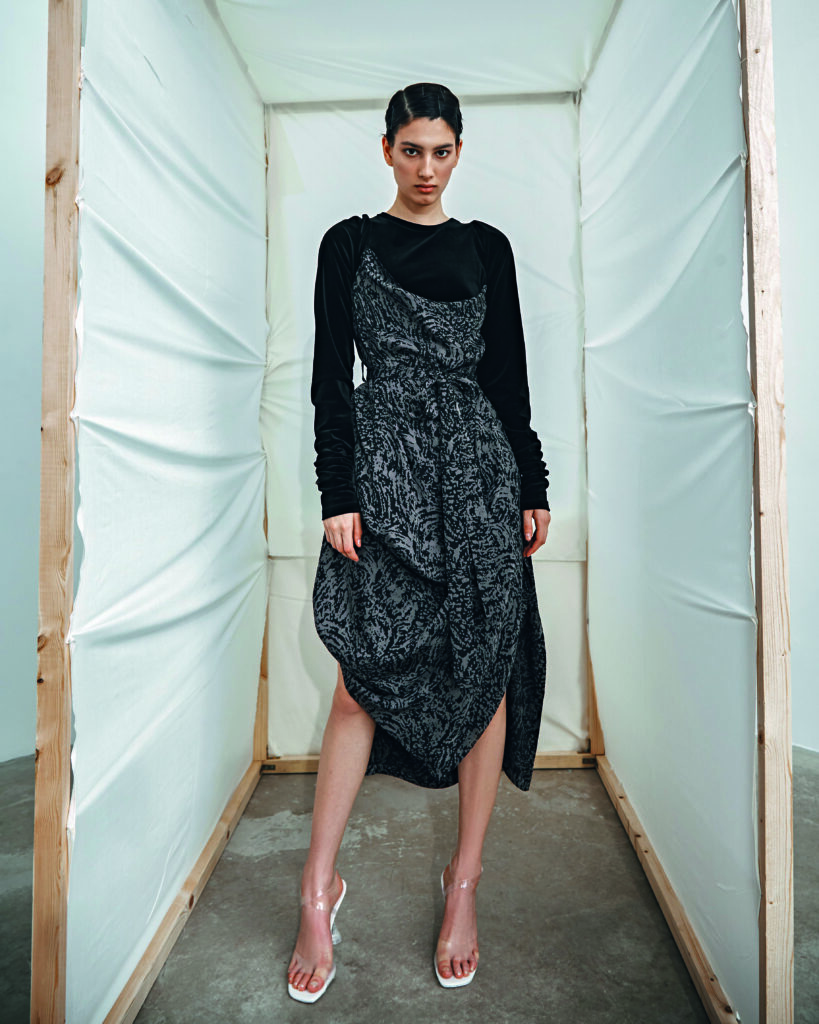
How do you assess your experience of participating in Russian Fashion
Weeks?
Recently, I had a conversation on this topic with a student who wanted to
take an internship with us. I thought it would be better not to participate in
contests, fashion weeks, or similar events right now. We need resources
not only human, but also temporary, financial, and emotional-to give
everything, to build a team. And in the end, you get a very small feedback.
If you are a young designer, I would not advise you to participate in the
fashion weeks that are held in Moscow and St. Petersburg, they do not
bring any help for the designer.
Did you regret your participation? No, not at the time. Moreover, I was invited by the organizers themselves
to come to show up, for me it was an experience. A few years later, when I
was re-invited, I refrained. And then they stopped inviting me (laughs).
How did they start writing about You? Do you remember when
publications about You first started? Through meeting, I think. Someone told me about me, someone passed it
to the editor of the magazine. Well, plus, of course, social networks do
their job. Some even American magazines found me. All via Instagram.
They came to my Instagram, marked the Postings, and sent the offer to my
email.
Is it really possible for a young designer to start creating their own brand
with a minimum budget?
Yes, everything happens, you can start with one product. It depends on
what product and how much it will be in demand. Many designers refuse
and give up halfway through. I do know a lot of such examples, even the
designers I met when I moved to Moscow, now many of them have closed.
Because, there are no sales, there are no forces, they are closed. Well, if a
person feels strong, why not, why not to try. It is possible that it will create
the product you need.
In other words, is it possible to start with a small amount, for example,
500 €?
Well, this is, of course, very little (laughs).
What would you call a realistic amount?
At least 3000 € to start. I didn ́t have that much, was zero. So I did
everything for a very long time, all on my mistakes, tried one thing , tried
another.
But You started without a budget?
Yes, when I first arrived in St. Petersburg, I worked for DLT for two
years. I worked there as a merchandiser on the fourth floor. During this
time, where to invent, sew, well, of course, it was not possible in full.
What, in your opinion, is the most successful step you have taken to
develop your business, your brand?
I think that moving to Moscow is, I hope, this step.
And what unsuccessful step do you remember? Yes, I just don’t see them, I try to perceive failures as some kind of
experience, to treat it in a philosophical way. Because if you get too
involved in failure…
